Pet-Friendly Pest Control
- (541) 636-0146
- Schedule Service
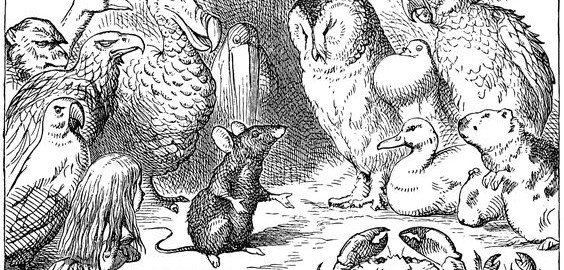
When it comes to rodents in the Pacific Northwest, mice are abundant and one of the most prolific breeders you may encounter. We’ve covered rats, and now it’s time to shed a little light on mice. Specifically, lets look at the three species you’re most likely to encounter in our region. If you live in Lane, Linn, Benton, Josephine or Douglas counties, you’ve got northwest mice all around you. The Willamette Valley, in particular, is nationally known as an extremely successful breeding ground for mice and is one of the most prolific hotspots for mouse activity on the west coast.
All it takes is an ample food and water supply to convince mice that your home or commercial structure is the perfect place for them to settle down and live out their version of the American Dream (it’s just like our version, but without college loans or cars).
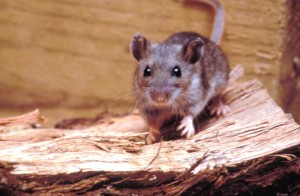
The mouse is one of the most prevalent rodents on earth, and mentions of them can be found thousands of years back. Originally located in Asia, they have spread far and wide. With the help of unwitting human commerce and travel, they have managed to span the globe and have easily been as successful as rats in populating every corner of the world. Unlike rats, however, there are far more domestic species with which to contend. For our purposes, we’ll focus on the three most common in our region: house mice, white-footed, and deer mice.
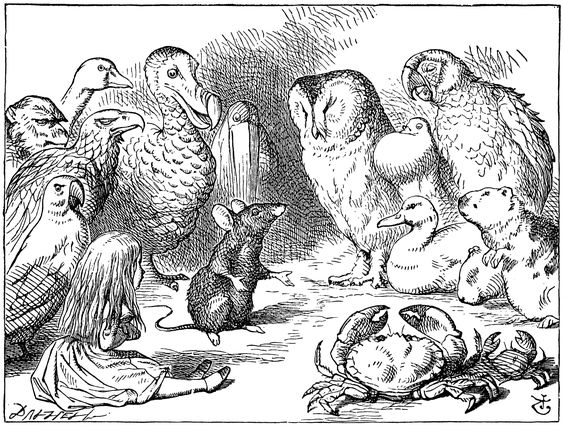
The common house mouse, unlike other kinds, has adapted to live mainly off of us, rather than in the wild. While they are “wild” creatures, their subsistence depends heavily on human dwellings and commercial businesses as food sources. Of important note is that the house mouse is also the basis for lab tsting, though these have been bred for specific traits useful in science (for instance, lab mice are almost exclusively all white). The house mouse is the most common kind of mouse we see in the Pacific Northwest, and as such, we’ll focus much of the article on this particular species.
They are coprophages (they will eat their own feces). They do this to harvest the nutritive bacteria that grows in it.
They are typically nocturnal, preferring dark environments, and do not like bright light.
Females have 5 nipples while the males have none.
Contrary to popular belief, house mice are not strong vectors for diseases that can be spread to humans. There are a few rare instances, and some not-very-harmful diseases that are also rare, but in general, they aren’t known for spreading human disease much.
Males are usually very territorial, living with several females, though they do often appear to respect the territorial boundaries of one another and fights between males over space are uncommon.
Mice cannot vomit.
Mice and rats are (typically) mortal enemies and rats are able to kill mice quite easily.
They are not well-suited to surviving away from human settlements, especially where competing mice (like wood or deer mice) are found.
Encountering the odor of unfamiliar male mice can actually terminate pregnancies, which is why the males are so fiercely territorial. Even the smell of a single male just passing through can complicate the life of a nesting brood heavily.

An adult house mouse typically ranges from about 3-4 inches in length, not including the tail, which is shorter in colder regions, and thus, longer in warmer regions. Interestingly, the length of tail is not genetic, but rather an aspect of mouse physiology that occurs after birth, depending on the environment. Their tails are extremely versatile and well-suited to mouse survival. The tails serve as balancing tools when navigating various types of terrain, as a brace when standing upright, as a communication tool for other mice, and also as a natural thermostat. Mice help regulate their temperature by speeding or slowing bloodflow to their tails. They generally stand upright, balancing on their tails, when eating, and they will often stand upright when orienting themselves to their surroundings.
House mice use a social hierarchy when food is abundant (in your house, for instance) and do not stray far from their food source. They imbed and develop a social structure when living off of humans. This is called commensalism. When not subsisting in your home, however, or when wild and still scavenging for unknown foods, their social structure dissipates and they have broad travel spans. They will cover a large range of habitat and are far more aggressive, particularly females. Males, when commensal, will often leave their birthplace to set out and found new territory, while females will typically remain in the origin nest, mating with other mice and, in particular, her offspring. Most mouse infestations are comprised entirely of related mice, though it is possible for outsider mice to enter into the population.
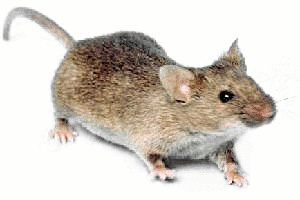
Mice, like rats, do not like being far from vertical surfaces. This penchant for preferring close proximity to vertical climbing terrain is called thigmotactism, and it is a common feature of many rodents, including also voles. They sleep a little less than 13 hours a day and are largely omnivorous, though definitely prefer grains and vegetation. A bag of rice, oats, pet food, or even crackers is a big temptation for mice to enter your home and begin nesting. The presence of berries or other wild edibles increases the probability they will nest in an area, and in a pinch, they will eat snails and even spiders. We can attest that in at least one occurrence, house mice were noted to have eaten a variety of stained, scented potpourri, resulting in a collection of droppings nearby that were quite colorful.
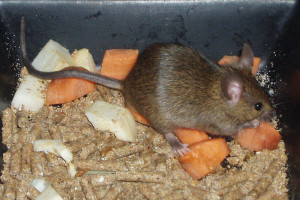
House mice do not have a mating season, but are opportunistic. If they’re nesting in a safe place like your home, they will mate whenever they feel like it, year-round. That said, northwest mice not in a safe structure with abundant food will often choose not to breed in the winter. House mice can mate incessantly and are prolific breeders. A pregnant female will give birth in about 3 weeks, averaging about 6-8 young per litter. The typical female can have between 5-10 litters in a single year. That means a male and female mouse, upon entering your home, can have up to anywhere from 15 to 140 young in their first year of occupancy. This does not include the litters that can result from the young reaching maturity (5-8 weeks, with females maturing faster than males) and then also breeding. House mice are largely polygamous, though do occasionally remain monogamous, and can live up to 3 years in a secure location free from predators.
Also known as the “wood mouse”, this species typically experiences a shorter lifespan than the common House Mouse. They are far less compatible with human dwellings, as they avoid contact with us as much as they can. These pacific northwest mice prefer the woods, but will occasionally nest in a basement structure or area away from much human presence. Unlike the house mouse, these are known as potential carriers of hantaviruses, which are very dangerous to human beings, and the bacteria known to cause Lyme Disease. They are roughly the same size as house mice, but look a bit ganglier and, by some standards, cuter.
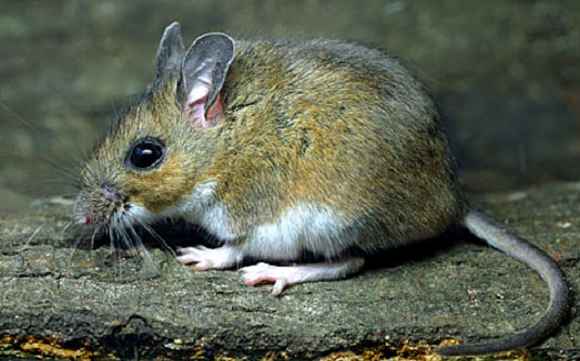
They will eat a variety of foods, including insects and mollusks, but tend to prefer, like other mice, grains and vegetation. They are a rare encounter in homes. They are more difficult to trap than house mice, mainly because they are quite shy and do not like being in the presence of human scents. As such, they are less likely to enter traps, however, on the plus side, the mere presence of traps (or you exploring your home and leaving your scent behind where they may want to nest) can sometimes be enough to make them vacate the premises. The white-footed mouse is very timid.
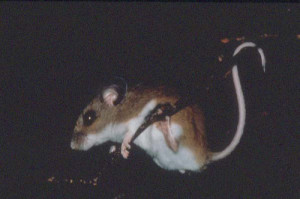
There are around 5 dozen species of deer mouse, but the ones we’re most focused on in this entry are the North American Deer Mice, which are native to, you guessed it, North America, unlike many other species that are invasive or have been spread by commerce through the ages. Like the white-footed mouse, they are also known for carrying infectious diseases like hantavirus and Lyme disease, and in fact, the two species are closely related and look almost identical. Deer mice do typically have slightly longer tails that are multicolored, and all deer mice have a white underbelly and white feet.
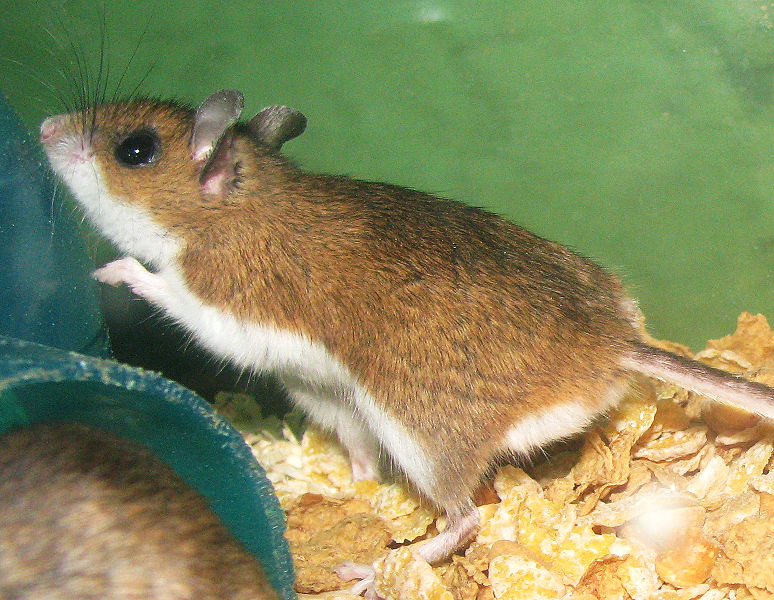
These northwest mice are equally suited to living underground or in trees, though the most common place for them to nest is in the hollows of trees, far above the ground. Their nests will typically be made from vegetation, unlike house mice, which will make nests of various debris, even synthetic materials found in your home (like mattress stuffing or insulation). Deer Mice are opportunists and will nest with various materials, but by far prefer vegetation, and have a distinctly less mobile social procedure. They are more likely than house mice to nest perpetually and interbreed. Also unlike house mice, deer mice are less aggressive and will live in territories that overlap with the territories of other deer mice. Their interactions with one another in these territories is frequent and usually not confrontational.
They can breed year-round, but breeding is dependent on food reserves/supply. They prefer seeds and grains when abundant, but during various seasons will change their diet to include certain insects and even fungus. Of note is that they tend to breed all year in our Willamette Valley region, where they survive in the woods and brush quite well and have an ample water supply. Deer mice prefer open areas and woodlands, and do not create runs the way voles or rats often will. Another distinction is that deer mice mate less frequently than house mice. Pregnant females give birth between 3-4 weeks after conception, having 3-4 young in their litter (though that number can range from 1 to 9), and they’ll do this 4-5 times a year. A successful nest can rear as many as 45 young in a year. Males will typically stick around and raise the litter, unlike house mice. Their willingness to inbreed combined with remaining males, however, makes deer mice a species than can populate an area quite fast, when one considers the reproductive maturation rate of the offspring, at about 7 weeks. Exiting juveniles, seeking to create their own territories, seldom stray beyond about 500 feet from their birthplace.
Our region is very well suited to mice and if your neighborhood has experienced problems with mice, there’s a good chance it will in the future, as well. If you suspect you have a mouse problem, call in the experts! Bug Zapper Pest Control deals with rodents daily, and our strategy for ridding your home of these pests can speak for itself. Your home is different from the homes that surround it, and every mouse infestation concerns unique details that need to be taken into consideration to stage a successful treatment plan. We’ll customize a mouse removal plan that suits the details of your home and surrounding environment. While there are many kinds of northwest mice, there is always one, great solution: Give us a call and we can rid your home of mice in no time!
5 Star Mouse Control Service available in Albany, Ashland, Corvallis, Eugene, Grants Pass, McMinnville, Medford, Newberg, Roseburg, Salem, Sherwood, Wilsonville, Woodburn, Tigard, Tualatin and surrounding areas.



